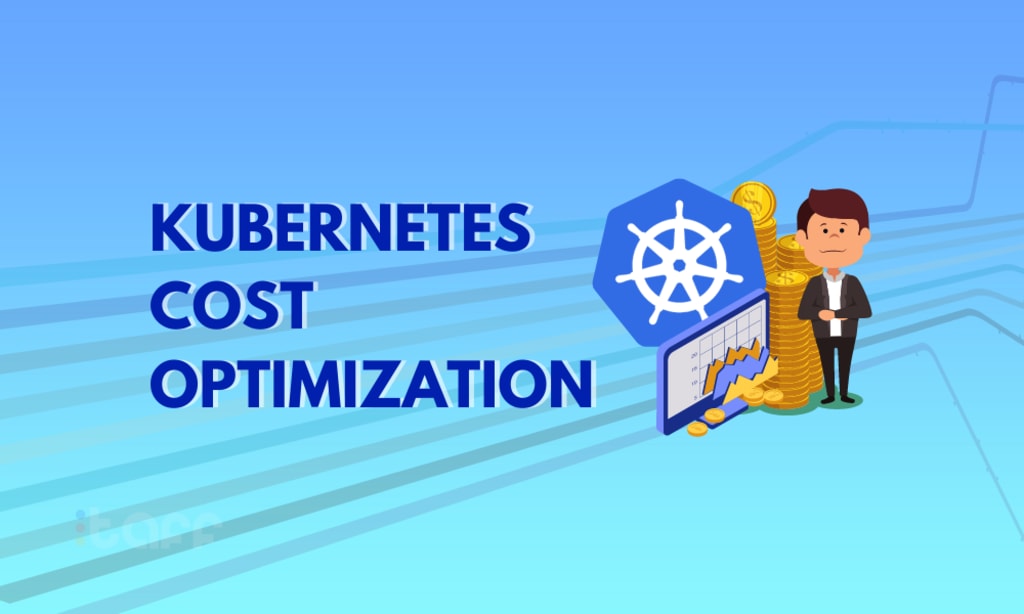The Ultimate Guide to Cost Optimization Strategies for Kubernetes Deployments
Discover effective strategies for cost optimization in Kubernetes deployments with our comprehensive guide. Save money and enhance performance today!

Kubernetes has transformed how businesses deploy and maintain applications with its advanced container orchestration and administration solutions. However, as Kubernetes clusters become more complex, the associated costs also rise. Effectively managing these costs is essential to maximize Kubernetes while maintaining financial efficiency. This article offers a variety of cost-saving techniques for Kubernetes deployments, providing practical advice to companies looking to reduce costs without compromising scalability or performance.
Cost Optimization Strategies for Kubernetes Deployments
In Kubernetes deployments, it's essential to use best practices and strategies to minimize resource usage and expenses. Here are some strategies for achieving cost optimization:
1. Right-Sizing Your Kubernetes Resources
The key to saving money is allocating the right amount of CPU and memory to your Kubernetes resources. Under-allocating can cause performance problems, while over-allocating leads to unnecessary expenses. You can prevent waste by establishing your apps' precise CPU and memory needs. One way to do this is by using the Vertical Pod Autoscaler (VPA), which adjusts resource requests and limitations based on past usage data. This helps ensure that the right amount of resources is permanently assigned to your pods, preventing over-allocation and reducing costs.
2. Utilizing Cluster Autoscaling
Cluster autoscaling helps your Kubernetes cluster adjust its size based on demand. By establishing precise CPU and memory needs for your apps, you can prevent waste. When a node isn't fully used, it removes it. You can reduce costs by only paying for the resources you utilize using the Cluster Autoscaler. Using different types and sizes of nodes for specific tasks allows for more precise scaling and cost savings. This means using more significant, powerful nodes for essential tasks and smaller, cheaper nodes for less essential jobs.
3. Optimizing Node Utilization
In Kubernetes, it's essential to use nodes efficiently to save money. Underused nodes cost money without giving benefits. Bin packing is a cost-effective way to schedule workloads, ensuring each node uses its resources well and stays busy. Spot instances or preemptible virtual machines can cut costs significantly for less critical work. Spot instances are suitable for batch processing or fault-tolerant applications, but the cloud provider can stop them with little warning.
4. Implementing Cost Monitoring and Management Tools
Understanding how much you spend on Kubernetes is essential for making decisions and finding areas to save money. Tools like Kubecost, Prometheus, and Grafana can help you track and see the costs of your Kubernetes resources. Additionally, they can display the most expensive components of your system. Setting budgets and alerts allows you to manage costs better by getting messages when you spend more than planned. This will help you fix cost issues quickly and avoid unexpected expenses.
5. Leveraging Kubernetes-native Cost Management Solutions
Many native Kubernetes solutions are designed with cost control and optimization in mind. For Kubernetes clusters, Kubecost provides real-time cost monitoring and insights. It helps track resource utilization, allocate costs, and identify potential savings. Kubevisor offers suggestions for maximizing Kubernetes resources, which can help balance workloads and reduce expenses. Using these tools, you can ensure that your deployments remain cost-effective by gaining comprehensive information on your Kubernetes spending and identifying areas for optimization.
6. Implementing Efficient Storage Solutions
Managing storage efficiently in Kubernetes systems is essential for minimizing costs. Storage volumes are generated as needed to avoid overprovisioning and reduce expenses. Different storage classes can meet varied workload needs, such as performance-optimized storage for high-demand applications and cost-effective storage for less critical data. Data lifecycle management rules can lower storage space and related expenses by automatically deleting or archiving unnecessary data. For example, policies that delete temporary data after a set time can significantly reduce storage costs.
7. Adopting a Multi-Cluster Strategy
Using multiple clusters, you can separate work tasks based on their needs for resources and growth. By putting critical and non-critical tasks into different clusters, you can allocate cheaper resources for less essential jobs. For example, you can have separate clusters for testing and development that use less expensive nodes, while the production cluster uses more reliable and productive nodes. Also, spreading clusters across different areas can help save costs by using regional price differences and improving customer application performance in specific locations.
8. Leveraging Open-Source Tools and Community Support
The Kubernetes ecosystem has many open-source technologies and community support to help you optimize costs. Keda, an event-driven autoscaling tool, and Goldilocks, a resource request and limit recommendation tool, can help you maximize your Kubernetes installations while spending less. By joining forums, attending conferences, and reading blogs, you can stay current on the latest developments in cost optimization, new technologies, and best practices. This ongoing involvement ensures you are current on the latest methods for overseeing and cutting expenses in your Kubernetes setups.
Conclusion
To conclude, it is important to use cost-saving measures to achieve high performance and financial efficiency in Kubernetes deployments. Organizations can significantly reduce cloud costs without sacrificing operational excellence by adequately allocating resources, autoscaling, optimizing storage, and using strong monitoring tools. Getting help from a Kubernetes consultant can improve these efforts, as they can provide professional advice and customized solutions to fit specific organizations' needs. Through ongoing adaptation and optimization, this can help manage Kubernetes environments effectively and at a reduced cost.
About the Creator
Bacancy
A Leader in Agile and Lean Software Development
Enjoyed the story? Support the Creator.
Subscribe for free to receive all their stories in your feed. You could also pledge your support or give them a one-off tip, letting them know you appreciate their work.






Comments (1)
Thanks for sharing it.